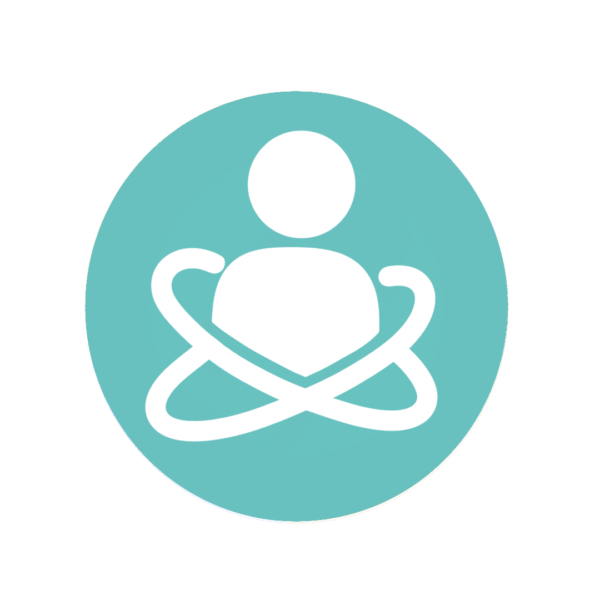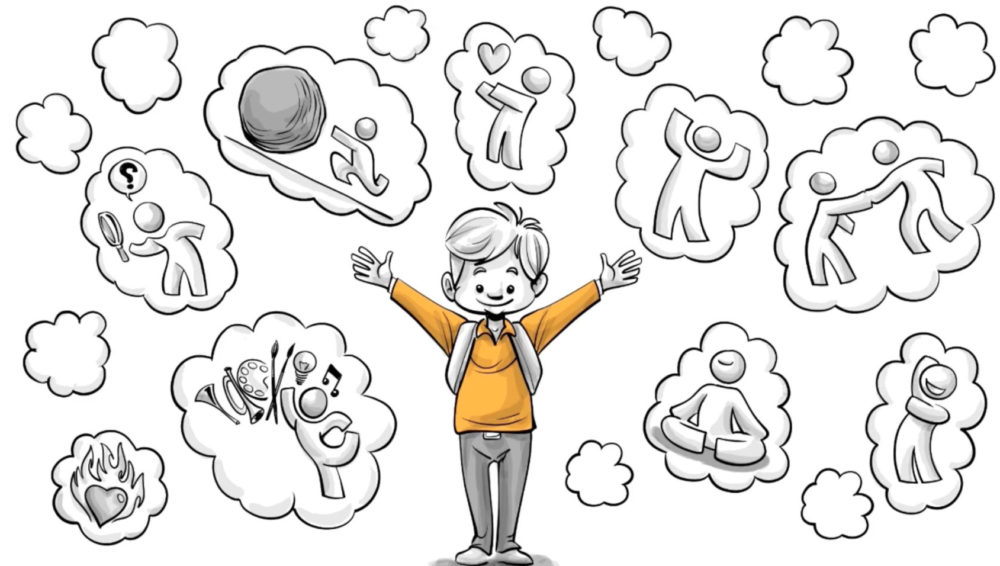Whole child development
Theories


Even identical twins do not have identical characters and habits. Edith Ackermann’s theory of Whole Child Development attempts to explain the multifaceted dimensions of a child’s developmental journey into adulthood.
The idea of the whole child pays respect to the fact that there are many aspects of human potential that grades can’t measure. Besides curiosity and intelligence, children may want to develop creativity, passion, resilience, intuition, confidence, generosity, mindfulness, humor, and many many other important traits.
Four urges in The Whole Child Development
Edith Ackermann’s theory of The Whole Child Development identifies four natural urges that drive our growth throughout childhood into adult life: Being Me, Us, the World, and Human Creations. Each of these four urges can be divided into two sub-categories. To understand them better, let’s look at the theory from the perspective of a young girl.
Being me
Being Me is about learning to use my body and exploring my mind. The ability to control my body allows me to discover the world and as a result, I can get to know where I’m at and who I am. By using my body, I put my five senses to work. This is how I learn to walk, speak, listen and develop healthy habits. Soon I might impress older folks with my clear speech, good posture, and other physical capabilities.
Knowing myself helps me to develop a voice in my home and find my place in this world. It allows me to learn what I like, what I don’t like, and what potential is still inside of me. By knowing who I am, I can understand my own subjectivity and form an identity I am proud of.
Us
Us is about how I relate to friends, family, and strangers and my understanding of their thoughts, feelings, and behaviors. Let me begin with relating to others. As a child, I seek love, attention, and respect from my parents. But, I also have a fundamental natural urge to have social interactions with others. That means I need to learn to share and care, so I can belong. One day I want to become a respected member of a group while keeping my own identity. Understanding others is another thing.
I want to learn about my friends and their emotions. Intentions, ways of thinking, and behaviors interest me. I want to learn to move away from my own limited point of view and integrate other people’s perspectives to develop a more complex understanding of morality and social problems.
The world
Making sense of the world means figuring out how things work, that’s why we play! Through exploration, I quench my thirst for seeking logic and discover this universe. Adults call it exploring and investigating, we call it play. That’s how we learn. Sometimes it gets messy, but by playing, I realize that some things change while others don’t. In other words, I learn how things work. Later I can become a real scientist who plays with big ideas and theories and explains the workings of this world to you.
I am seeking logic all the time. Us children don’t just want to discover how things work, we also look for consistency where there is little. To make sense of this world, we filter, interpret, and reconstruct what we experience into mental models – I think adults call them schema. This urge for order helps me to reorganize what I learn, infer rules, and apply fundamental laws in real life.
Human creations
Human Creations is about me being able to imagine alternatives in my head. If I can imagine something new, I am able to go and actually create it. Imaginating is one of humanity’s highest achievements. Without imagination, all innovation would happen by chance. That’s why I need fantasy and a lot of free time to play pretend. This way I will learn to think out of the box. Through creations, I can express my thoughts and bring my imagination to life. And there are hundreds of ways to do so.
I can create an atmosphere with my voice, ideas with my head and pictures that I paint with my hand. If I am given the space, I can create cozy rooms beneath the kitchen table or one day, when I am older, design an entire house.
Background
Edith Ackermann was born in Switzerland in 1946. After graduating, she became a protege of Jean Piaget. At MIT Media Lab where she spent most of her career, she was exploring the interactions between play, learning, and design.
Whole child development, also known as holistic education, seeks to engage children in the whole of their being and potential. It assumes that each child arrives at this world with their own set of talents and interests that are to some degree completely independent from the child’s upbringing. Some refer to this whole as the mind, body, and soul.
The Swiss educator Pestalozzi referred to it as the hand, the heart, and the head. And further still, many others try to sum up a child in 4, 8 skills: social, emotional, and so forth.
But does any such division actually pay respect to the whole? Does it capture a sense of humor, an appreciation of the arts, or the ability to be mindful? For this reason, the work of Ackermann offers a more wholesome perspective.



